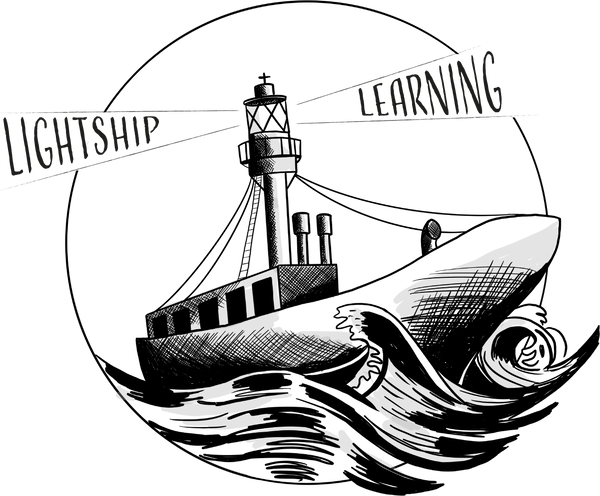Introduction
In today's fast-paced and technology-driven world, traditional methods of education are being challenged by innovative approaches that cater to different learning styles. One such approach is kinesthetic learning, which emphasizes physical movement and hands-on experiences to enhance knowledge retention. In this article, we will delve into the science behind kinesthetic learning and explore how the use of Lightship Learning’s products to enhance your teaching and learning.
The Power of Kinesthetic Learning
Kinesthetic learning, also known as tactile or hands-on learning, is a learning style that relies on physical activities to reinforce understanding and memory. This approach acknowledges that individuals have unique preferences for absorbing information, and for many, engaging multiple senses is key to effective learning.
Numerous studies have demonstrated the benefits of kinesthetic learning. Research published in the Journal of Educational Psychology found that students who engaged in hands-on activities outperformed their peers in tests and retained knowledge at a significantly higher rate. The act of physically manipulating objects helps create meaningful connections between abstract concepts and real-world applications.
Kinesthetic learning engages the motor cortex of the brain, facilitating the formation of new neural pathways. This process, known as neuroplasticity, strengthens memory recall and enhances overall cognitive function. By actively involving the body in the learning process, kinesthetic learners gain a deeper understanding of complex topics and experience increased motivation and engagement.
Revolutionizing Education with Lightship Learning’s Products
Incorporating our products into any learning situation will enhance the educational experience and allow you to adapt to each student’s preferences. The ability to visualize and interact with three-dimensional objects provides a tangible representation of abstract ideas, enabling students to grasp difficult concepts with greater ease, bring navigation to life and develop a deep understanding of nuances that might otherwise remain elusive.
The tactile nature of 3D printed models stimulates multiple senses simultaneously, resulting in a more immersive learning experience. By incorporating touch, sight, and spatial awareness, these models tap into various learning modalities, catering to a broader range of student preferences.
Conclusion
Kinesthetic learning offers a powerful approach to education, catering to individuals with a preference for hands-on experiences. By incorporating 3D printed models of ships and buoys, educators can provide students with a dynamic and engaging learning environment. The combination of physical manipulation, visual representation, and spatial awareness taps into multiple senses, enhancing memory retention, comprehension, and critical thinking.
As we continue to explore innovative educational practices, the integration of kinesthetic learning and 3D printing holds immense potential for transforming traditional classrooms into immersive and interactive spaces of discovery. By embracing these approaches, we can empower learners to navigate the depths of knowledge with confidence and enthusiasm.
References
- Kolb, D. A., & Boyatzis, R. E. (1979). Social Learning and Cognitive Development. Academic Press.
- Tucker, B. P. (2008). Learning Styles in the Age of Globalization: The Research and Reality of Learning Styles. International Journal
